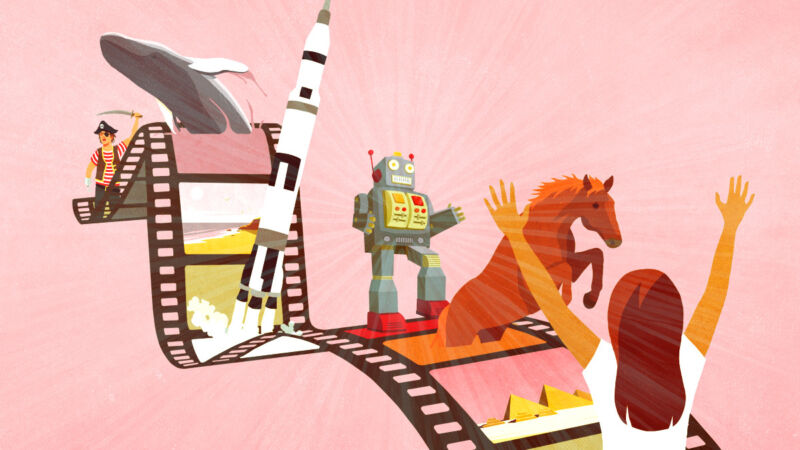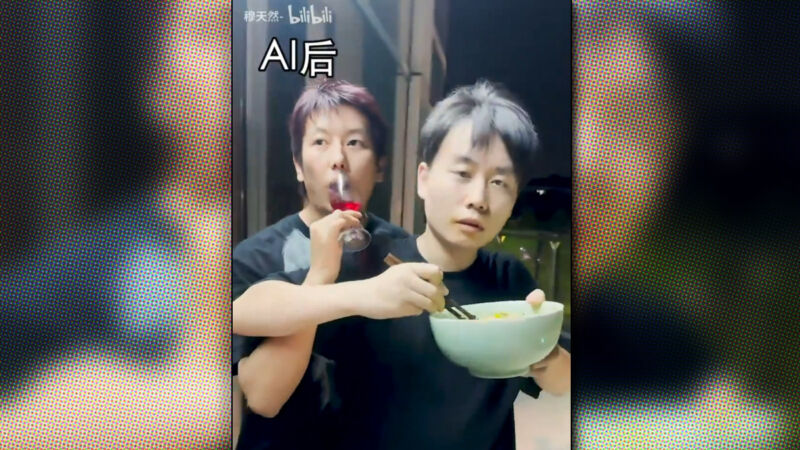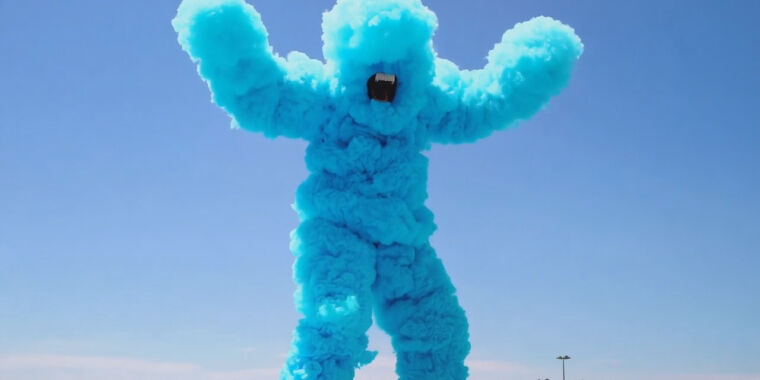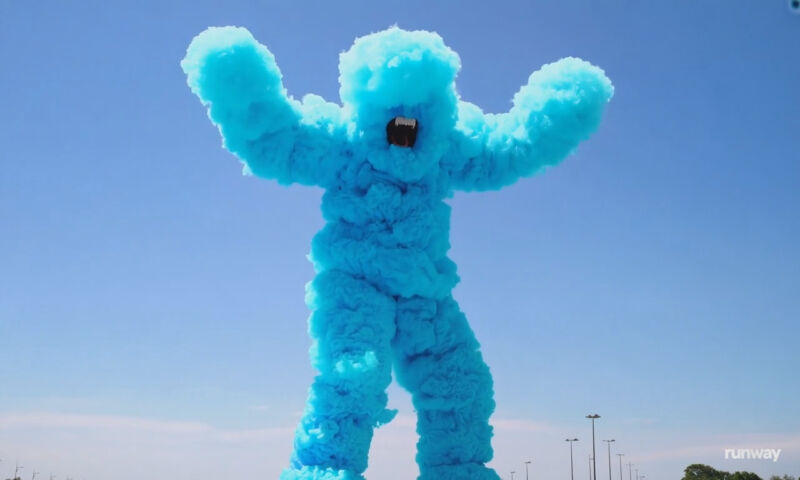Landmark AI deal sees Hollywood giant Lionsgate provide library for AI training
The silicon screen —
Runway deal will create a Lionsgate AI video generator, but not everyone is happy.

On Wednesday, AI video synthesis firm Runway and entertainment company Lionsgate announced a partnership to create a new AI model trained on Lionsgate’s vast film and TV library. The deal will feed Runway legally clear training data and will also reportedly provide Lionsgate with tools to enhance content creation while potentially reducing production costs.
Lionsgate, known for franchises like John Wick and The Hunger Games, sees AI as a way to boost efficiency in content production. Michael Burns, Lionsgate’s vice chair, stated in a press release that AI could help develop “cutting edge, capital efficient content creation opportunities.” He added that some filmmakers have shown enthusiasm about potential applications in pre- and post-production processes.
Runway plans to develop a custom AI model using Lionsgate’s proprietary content portfolio. The model will be exclusive to Lionsgate Studios, allowing filmmakers, directors, and creative staff to augment their work. While specifics remain unclear, the partnership marks the first major collaboration between Runway and a Hollywood studio.
“We’re committed to giving artists, creators and studios the best and most powerful tools to augment their workflows and enable new ways of bringing their stories to life,” said Runway co-founder and CEO Cristóbal Valenzuela in a press release. “The history of art is the history of technology and these new models are part of our continuous efforts to build transformative mediums for artistic and creative expression; the best stories are yet to be told.”
The quest for legal training data
Generative AI models are master imitators, and video synthesis models like Runway’s latest Gen-3 Alpha are no exception. The companies that create them must amass a great deal of existing video (and still image) samples to analyze, allowing the resulting AI models to re-synthesize that information into new video generations, guided by text descriptions called prompts. And wherever that training data is lacking, it can result in unusual generations, as we saw in our hands-on evaluation of Gen-3 Alpha in July.
However, in the past, AI companies have gotten into legal trouble for scraping vast quantities of media without permission. In fact, Runway is currently the defendant in a class-action lawsuit that alleges copyright infringement for using video data obtained without permission to train its video synthesis models. While companies like OpenAI have claimed this scraping process is “fair use,” US courts have not yet definitively ruled on the practice. With other potential legal challenges ahead, it makes sense from Runway’s perspective to reach out and sign deals for training data that is completely in the clear.
Even if the training data becomes fully legal and licensed, different elements of the entertainment industry view generative AI on a spectrum that seems to range between fascination and horror. The technology’s ability to rapidly create images and video based on prompts may attract studios looking to streamline production. However, it raises polarizing concerns among unions about job security, actors and musicians about likeness misuse and ethics, and studios about legal implications.
So far, news of the deal has not been received kindly among vocal AI critics found on social media. On X, filmmaker and AI critic Joe Russo wrote, “I don’t think I’ve ever seen a grosser string of words than: ‘to develop cutting-edge, capital-efficient content creation opportunities.'”
Film concept artist Reid Southen shared a similar negative take on X: “I wonder how the directors and actors of their films feel about having their work fed into the AI to make a proprietary model. As an artist on The Hunger Games? I’m pissed. This is the first step in trying to replace artists and filmmakers.”
It’s a fear that we will likely hear more about in the future as AI video synthesis technology grows more capable—and potentially becomes adopted as a standard filmmaking tool. As studios explore AI applications despite legal uncertainties and labor concerns, partnerships like the Lionsgate-Runway deal may shape the future of content creation in Hollywood.
Landmark AI deal sees Hollywood giant Lionsgate provide library for AI training Read More »




